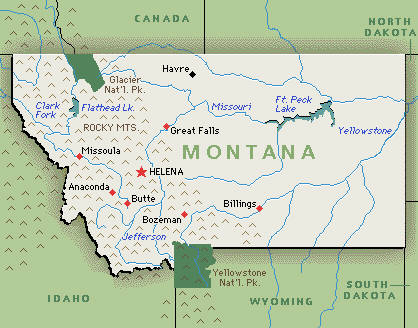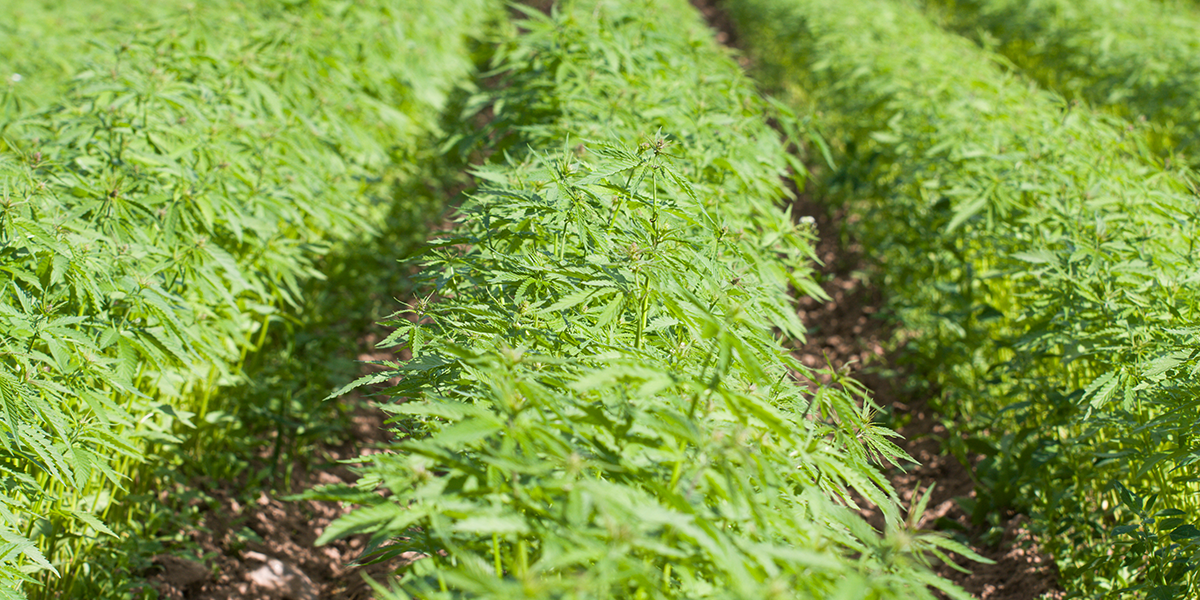 The year 2020's record-breaking wildfires in California and other Western states have compounded the grim impacts of the COVID-19 pandemic—and have similarly been politicized. Thus far, the blow they have dealt to the burgeoning cannabis industry has been well weathered. But this will clearly pose a growing challenge in the years to come—as those parts of the country where legal cannabis cultivation is most advanced are also the most vulnerable to this devastating sign of ecological disequilibrium.
The year 2020's record-breaking wildfires in California and other Western states have compounded the grim impacts of the COVID-19 pandemic—and have similarly been politicized. Thus far, the blow they have dealt to the burgeoning cannabis industry has been well weathered. But this will clearly pose a growing challenge in the years to come—as those parts of the country where legal cannabis cultivation is most advanced are also the most vulnerable to this devastating sign of ecological disequilibrium.

 Voters in Montana passed a ballot measure mandating legalization of adult-use cannabis. But there was a pre-emptive attempt in the state legislature to repeal it before it even passed. Montana's road to legalization has been a long and twisted one, and there may be further political fights ahead.
Voters in Montana passed a ballot measure mandating legalization of adult-use cannabis. But there was a pre-emptive attempt in the state legislature to repeal it before it even passed. Montana's road to legalization has been a long and twisted one, and there may be further political fights ahead.  The original peoples of what is now the United States were left in legal limbo in the wake of the 2018 Farm Bill, which made hemp cultivation again lawful. Federally recognized Native American tribes could not cultivate under state regulation, because the states have limited jurisdiction on their reservations. But the US Agriculture Department dragged its heels in issuing federal regs that could apply on these lands. Caught between two sovereigns, many farmers in Indian country are asserting their right to cultivate hemp under the un-extinguished sovereignty of their own Native nations.
The original peoples of what is now the United States were left in legal limbo in the wake of the 2018 Farm Bill, which made hemp cultivation again lawful. Federally recognized Native American tribes could not cultivate under state regulation, because the states have limited jurisdiction on their reservations. But the US Agriculture Department dragged its heels in issuing federal regs that could apply on these lands. Caught between two sovereigns, many farmers in Indian country are asserting their right to cultivate hemp under the un-extinguished sovereignty of their own Native nations. Questions about road safety have been a real concern as cannabis legalization has unfolded across 11 states, with medical marijuana laws in many more. But with several years of data to analyze, a new study finds no link between these policies and traffic fatalities.
Questions about road safety have been a real concern as cannabis legalization has unfolded across 11 states, with medical marijuana laws in many more. But with several years of data to analyze, a new study finds no link between these policies and traffic fatalities. In the near future, the CBD, THC or other cannabinoids you consume in edibles or medications may not be derived from cannabis at all, but grown in a laboratory.
In the near future, the CBD, THC or other cannabinoids you consume in edibles or medications may not be derived from cannabis at all, but grown in a laboratory. CBD products are now everywhere—health-food emporia, pharmacies, truck-stops. And pursuant to the 2018 Farm Bill, they are now legal—as long as the CBD is derived from “hemp” as opposed to what has traditionally been called “marijuana.” Hemp, as legally defined, is cannabis with under 0.3% THC—the psychoactive component of the plant, responsible for the long-stigmatized “high.”
CBD products are now everywhere—health-food emporia, pharmacies, truck-stops. And pursuant to the 2018 Farm Bill, they are now legal—as long as the CBD is derived from “hemp” as opposed to what has traditionally been called “marijuana.” Hemp, as legally defined, is cannabis with under 0.3% THC—the psychoactive component of the plant, responsible for the long-stigmatized “high.” The autumn of 2019 saw the United States' first hemp harvest since effective prohibition of the crop under the strictures of the Marihuana Tax Act in 1937. These strictures were overturned in the Farm Bill signed into law by President Trump in the closing days of 2018. This harvest was looked to eagerly across much of rural America, as legal hemp had been plugged as a salvation for the nation's struggling farmers—and the soaring popularity of CBD appeared to provide a booming market. The fashionable cannabinoid had also been legalized by the 2018 Farm Bill—when derived from hemp, or cannabis with less than 0.3% THC.
The autumn of 2019 saw the United States' first hemp harvest since effective prohibition of the crop under the strictures of the Marihuana Tax Act in 1937. These strictures were overturned in the Farm Bill signed into law by President Trump in the closing days of 2018. This harvest was looked to eagerly across much of rural America, as legal hemp had been plugged as a salvation for the nation's struggling farmers—and the soaring popularity of CBD appeared to provide a booming market. The fashionable cannabinoid had also been legalized by the 2018 Farm Bill—when derived from hemp, or cannabis with less than 0.3% THC. Hemp’s Curious Cultural Trajectory
Hemp’s Curious Cultural Trajectory 





Recent comments
2 days 12 hours ago
4 weeks 2 days ago
5 weeks 1 day ago
15 weeks 1 day ago
19 weeks 1 day ago
20 weeks 1 day ago
20 weeks 2 days ago
41 weeks 2 days ago
45 weeks 3 days ago
47 weeks 16 hours ago